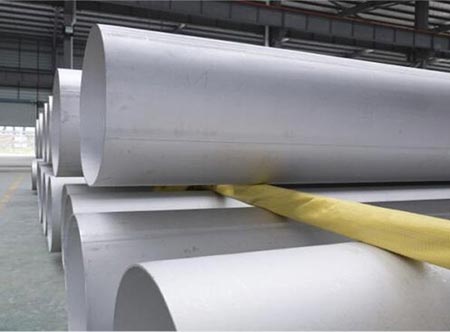What method is used to weld stainless steel pipe?
When it comes to welding stainless steel pipe, several methods can be employed, depending on the specific requirements of the application. Stainless steel, known for its corrosion resistance and durability, requires a precise welding process to maintain its integrity and strength. Here are some of the commonly used methods for welding stainless steel pipe:
1. Tungsten Inert Gas (TIG) Welding
TIG welding, also known as Gas Tungsten Arc Welding (GTAW), is a popular choice for welding stainless steel pipe. It uses a non-consumable tungsten electrode to create an arc between the electrode and the workpiece. An inert gas, such as argon, is used to protect the weld pool from contaminants in the atmosphere. TIG welding provides excellent control and produces high-quality welds with minimal distortion. It is suitable for thin gauge materials and intricate welds.
2. Metal Inert Gas (MIG) Welding
MIG welding, or Gas Metal Arc Welding (GMAW), is another common method for welding stainless steel pipe. It employs a continuously fed consumable wire electrode, which is fed through a welding gun. An inert gas is used to shield the weld pool from contaminants. MIG welding is a faster process compared to TIG welding and is suitable for thicker materials and longer welds. However, it may not provide the same level of control and precision as TIG welding.
3. Shielded Metal Arc Welding (SMAW)
SMAW, commonly known as stick welding, uses a consumable electrode coated with a flux material. As the electrode is melted into the weld pool, the flux creates a protective gas shield that prevents contaminants from entering the weld. SMAW is a versatile welding method that can be used on a variety of materials, including stainless steel. It is suitable for outdoor welding applications and welding thicker materials. However, it requires more skill and experience to achieve consistent welds.
4. Flux-Cored Arc Welding (FCAW)
FCAW is a variation of MIG welding that uses a tubular wire electrode filled with flux. The flux provides the shielding gas required to protect the weld pool. FCAW is a faster and more efficient welding process compared to MIG welding, making it suitable for large-scale production and welding thicker materials. However, it may not provide the same level of control and precision as TIG welding.
5. Orbital Welding
Orbital welding is an automated welding process that uses a mechanized system to rotate the welding torch around the pipe joint. It provides precise control and consistent welds, making it a suitable choice for high-pressure and critical applications. Orbital welding is often used in the pharmaceutical, semiconductor, and aerospace industries.
In summary, the choice of welding method for stainless steel pipe depends on the specific requirements of the application, such as material thickness, weld quality, and production volume. TIG welding provides excellent control and weld quality, while MIG welding is faster and suitable for thicker materials. SMAW and FCAW are versatile welding methods that can be used in various applications, while orbital welding offers precise and consistent welds for critical applications.








